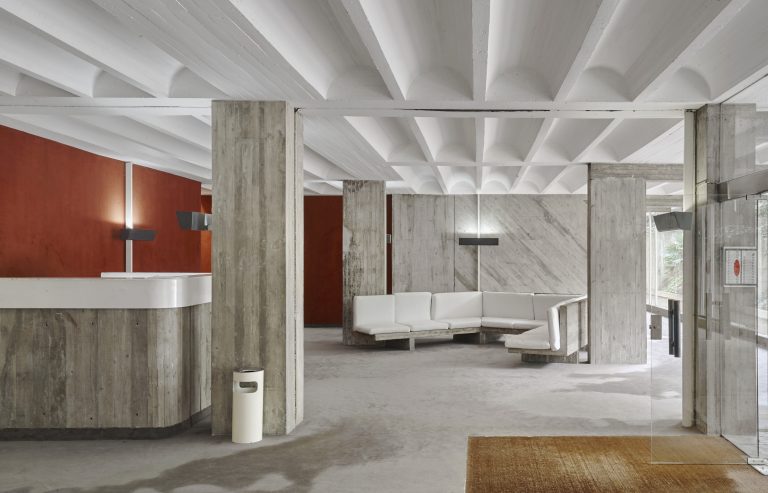In Pictures
-

© Raimon Camprubí i Sala
Request the image
© Arxiu Històric del COAC
-

© Raimon Camprubí i Sala
Request the image
© Arxiu Històric del COAC
-

© Francesc Català-Roca
Request the image
Fons Antoni Bonet Castellana / Arxiu Històric del COAC
-

Antoni Bonet Castellana, Josep Puig i Torné
Request the image
© Fons Antoni Bonet Castellana / Arxiu Històric del COAC
-

Antoni Bonet Castellana, Josep Puig i Torné
Request the image
© Fons Antoni Bonet Castellana / Arxiu Històric del COAC
-

Antoni Bonet Castellana, Josep Puig i Torné
Request the image
© Fons Antoni Bonet Castellana / Arxiu Històric del COAC
-

Antoni Bonet Castellana, Josep Puig i Torné
Request the image
© Fons Antoni Bonet Castellana / Arxiu Històric del COAC
-

Antoni Bonet Castellana, Josep Puig i Torné
Request the image
© Fons Antoni Bonet Castellana / Arxiu Històric del COAC
-

Antoni Bonet Castellana, Josep Puig i Torné
Request the image
© Fons Antoni Bonet Castellana / Arxiu Històric del COAC
-

Antoni Bonet Castellana, Josep Puig i Torné
Request the image
© Fons Antoni Bonet Castellana / Arxiu Històric del COAC
-

Antoni Bonet Castellana, Josep Puig i Torné
Request the image
© Fons Antoni Bonet Castellana / Arxiu Històric del COAC
-

Antoni Bonet Castellana, Josep Puig i Torné
Request the image
© Fons Antoni Bonet Castellana / Arxiu Històric del COAC
-

Antoni Bonet Castellana, Josep Puig i Torné
Request the image
© Fons Antoni Bonet Castellana / Arxiu Històric del COAC
-

Antoni Bonet Castellana, Josep Puig i Torné
Request the image
© Fons Antoni Bonet Castellana / Arxiu Històric del COAC
-

Antoni Bonet Castellana, Josep Puig i Torné
Request the image
© Fons Antoni Bonet Castellana / Arxiu Històric del COAC
-

Antoni Bonet Castellana, Josep Puig i Torné
Request the image
© Fons Antoni Bonet Castellana / Arxiu Històric del COAC
-

Antoni Bonet Castellana, Josep Puig i Torné
Request the image
© Fons Antoni Bonet Castellana / Arxiu Històric del COAC
-

Antoni Bonet Castellana, Josep Puig i Torné
Request the image
© Fons Antoni Bonet Castellana / Arxiu Històric del COAC






















